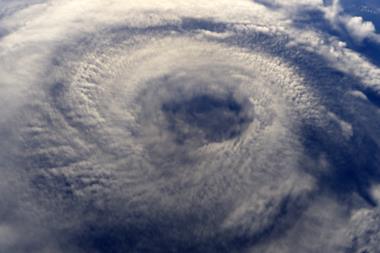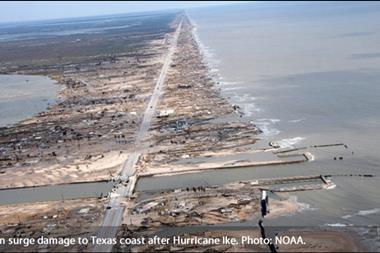Power and comms outages and supply chain disruptions should be among key business continuity considerations, says International SOS
For the second year in a row, forecasts predict an above average and active 2022 Atlantic hurricane season. Forecasters at the National Oceanic and Atmospheric Administration (NOAA) predict that there will be 14 to 21 named storms between 1 June and 30 November
These storms will consist of tropical storms and hurricanes, and three to six of these storms are expected to be classified as major hurricanes.
“As we enter the 2022 hurricane season, early preparation is going to be key,” said Jeremy Prout, director of Security Solutions, Americas at International SOS. “Now is the time for managers to assess policies and procedures at risk locations for those on-the-ground and traveling.”
When assessing these plans, several factors should be taken into consideration.
“We can expect supply chain disruptions will have a large impact on the availability of materials needed, and the costs of materials such as wood, gas, and general products will be higher than usual,” said Josh Dozor, general manager, Medical & Security Assistance Services, Americas, International SOS.
“Within this forward-thinking planning, managers should also consider an increasing potential disruption to essential services, such as power and communications, given the population’s growing presence in high-risk areas.
“Each community’s level of preparation, supporting infrastructure and response capabilities play major roles in determining the ultimate impact of a hurricane or storm.”
Managers with operations in at-risk areas should ensure they have comprehensive procedures in place to guarantee business continuity, factoring in the potential need for evacuation or relocation of the workforce.
| Eight best practice tips for hurricane preparedness: |
|---|
| Identify locations and facilities based on the probabilities of hurricane impact using historical geographic data. |
| Educate workforce on the necessary supplies required for hurricane shelter-in-place or evacuation, to include food, water, personal protective equipment (PPE), sanitisers and disinfectants |
| Be prepared to suspend operations at, and travel to, at-risk locations for periods of a week or more. |
| Assess evacuation options, to include shelter and transport. Where evacuation options are limited, identify shelter-in-place plans. |
| Establish appropriate thresholds for determining when to evacuate or relocate personnel and have a clear structure in place to communicate these measures throughout your organisation. |
| Account for access disruption, to include enabling employees to have the capability and equipment to work remotely/from home. Anticipate potential disruption to power and communications. |
| Develop pre-scripted messages and test means of mass notification to ensure functionality of messaging prior to an emergency. |
| Consider a table-top exercise to test your organisation’s incident management or business continuity plan and identify any areas for improvement. |
Hurricane Ian barrels across the Florida peninsula
- 1
- 2
 Currently reading
Currently readingPreparing for another active hurricane season
- 3
- 4























No comments yet